Introduction to Golden Triangle India
Golden Triangle India is one of the most iconic travel circuits in the country, connecting three culturally rich cities: Delhi, Agra, and Jaipur. Shaped like a triangle on the map, this route is named for the geographical layout formed by these destinations. It is a timeless journey through heritage, architecture, colors, and cuisine. Whether it’s your first time in India or your return to explore its roots, the Golden Triangle India presents a perfect mix of historical grandeur and daily life.
Delhi: Where the Past and Present Coexist
Starting your journey in Delhi introduces you to a unique blend of ancient traditions and modern energy. As India’s capital, Delhi sets the tone for the Golden Triangle India experience.
In Old Delhi, you’ll find narrow lanes bustling with rickshaws, spice markets, and age-old Mughal architecture. The Red Fort, Jama Masjid, and Chandni Chowk hold centuries of stories. Walking through this part of the city is like entering a living museum, where history breathes through every brick.
On the other hand, New Delhi showcases wide roads, colonial buildings, and modern cafes. Attractions such as India Gate, Humayun’s Tomb, and the Lotus Temple highlight the city’s diversity. For shopping and dining, Connaught Place and Khan Market blend heritage charm with urban comfort.
Delhi is not just the start of your journey—it’s a cultural powerhouse that sets a deep tone for the days ahead.
Agra: Home to the World’s Most Famous Monument
The next point of the Golden Triangle India is Agra, just a few hours away from Delhi. It’s globally recognized as the city of the Taj Mahal, but there’s more to it than this marvel.
The Taj Mahal itself, built by Mughal Emperor Shah Jahan in memory of his wife Mumtaz Mahal, continues to draw visitors from across the world. Visiting this monument during sunrise or sunset can leave a lasting impression that words often fail to capture.
But Agra doesn’t stop at the Taj. Agra Fort, a UNESCO World Heritage site, is a robust red sandstone fortress that served as a residence for Mughal emperors. Mehtab Bagh, located across the Yamuna River, offers a unique view of the Taj from afar and is ideal for peaceful walks.
Agra’s traditional marble inlay work, leather goods, and local cuisine—especially Mughlai dishes—add more layers to your visit.
Jaipur: The Royal Capital of Rajasthan
The final stop in the Golden Triangle India is Jaipur, also known as the Pink City. It offers a vibrant mix of royal architecture, bustling bazaars, and desert landscapes. The city is painted in shades of pink, a symbol of hospitality.
The City Palace stands in the heart of Jaipur, housing courtyards, museums, and royal artifacts. Nearby, the Jantar Mantar observatory showcases the scientific mindset of the Rajput kings, with structures that predict celestial events.
Amber Fort, located slightly outside the main city, is a hilltop marvel with mirror work, intricate carvings, and sweeping views. A short elephant or jeep ride takes you up to its massive gates.
Jaipur’s charm lies in its street life and colorful markets. Johari Bazaar and Bapu Bazaar are ideal for buying handicrafts, block-printed fabrics, and jewelry. Don’t miss trying authentic Rajasthani thali—a meal that represents the richness of regional flavors.
Best Time to Experience the Golden Triangle India
Golden Triangle India can be visited year-round, but the ideal months are from October to March. During this time, the weather remains pleasant, making sightseeing more comfortable. Summers (April to June) can be extremely hot, especially in Jaipur and Agra. The monsoon season (July to September) brings greenery but can disrupt travel plans with unpredictable rains.
Planning your trip during local festivals like Diwali in Delhi, Holi in Agra, or the Jaipur Literature Festival can add an extra layer of cultural insight.
Getting Around the Golden Triangle India
Traveling between Delhi, Agra, and Jaipur is convenient, thanks to well-connected roads and railways. Many travelers prefer hiring a private car with a driver for flexibility. However, trains like the Gatimaan Express (Delhi to Agra) and Shatabdi Express offer fast and reliable travel options.
For budget-conscious or independent travelers, buses also run frequently between these cities, though they may take longer.
Local travel within each city—via auto-rickshaws, taxis, or app-based cabs—makes daily sightseeing manageable and enjoyable.
What to Eat Along the Golden Triangle Route
Each city within the Golden Triangle India presents a distinct culinary identity.
- Delhi is a paradise for street food lovers. From spicy chaat and stuffed parathas in Old Delhi to kebabs at Karim’s and fusion dishes in Hauz Khas, it’s a food lover’s dream.
- Agra specializes in Mughlai cuisine. Must-tries include butter chicken, biryani, and petha (a sweet made from ash gourd).
- Jaipur offers bold, earthy Rajasthani dishes like dal bati churma, laal maas, and ghevar. Even simple snacks like kachori and samosa hold special regional flavors.
Eating local food is not just about taste—it’s a way to connect with the people and traditions of each city.
Cultural Insights You Should Know
Golden Triangle India offers more than monuments and markets—it’s a deep dive into local life, beliefs, and history. Understanding a few local customs can enrich your journey:
- Dress modestly, especially while visiting religious places.
- Remove shoes when entering temples and certain historic buildings.
- Bargain gently at local markets; it’s part of the culture.
- Respect local etiquette, including using the right hand while giving or receiving something.
Many travelers find the conversations with guides, shopkeepers, and locals just as memorable as the destinations themselves.
Unique Experiences Along the Way
Golden Triangle India isn’t only about ticking off famous landmarks. There are many lesser-known activities that can elevate your experience:
- Attend a sound and light show at Red Fort or Agra Fort to relive historical moments.
- Join a cooking class in Delhi or Jaipur to learn local dishes firsthand.
- Visit a rural village near Jaipur to see life beyond city limits.
- Walk the lesser-known lanes of Mehrauli in Delhi or the old quarters of Agra for untouched history.
These small additions often make your journey more personal and memorable.
Ideal Duration for a Golden Triangle Trip
Most travelers complete the Golden Triangle India in 5 to 7 days. However, the pace depends on personal preferences.
A 5-day trip usually looks like this:
- Day 1–2: Delhi
- Day 3: Agra
- Day 4–5: Jaipur
A weeklong trip gives more breathing room to absorb each city and maybe include nearby spots like Fatehpur Sikri, Abhaneri, or even Ranthambore for a wildlife detour.
Suggested Add-Ons to the Golden Triangle Route
While the three cities make a complete loop, some travelers extend their journey to nearby attractions:
- Fatehpur Sikri (near Agra): A 16th-century ghost city with grand architecture.
- Ranthambore National Park (between Agra and Jaipur): Home to Bengal tigers.
- Pushkar or Udaipur (from Jaipur): Adds a spiritual or romantic element to your trip.
- Mathura and Vrindavan (from Agra): Ideal for spiritual seekers and those interested in Krishna heritage.
These detours turn a classic route into a more personalized itinerary.
Why the Golden Triangle India Remains Timeless
Golden Triangle India continues to be one of the most traveled circuits for a reason. It offers an introduction to the heart of India without overwhelming new visitors. The route covers powerful dynasties, architectural brilliance, and everyday cultural scenes in a balanced way.
For seasoned travelers, each return reveals something new—a corner missed, a conversation remembered, a flavor not forgotten.
Whether you’re interested in history, photography, shopping, food, or just meaningful travel, this triangle contains more than three points. It’s a complete circle of stories, contrasts, and connections that stays with you long after the journey ends.

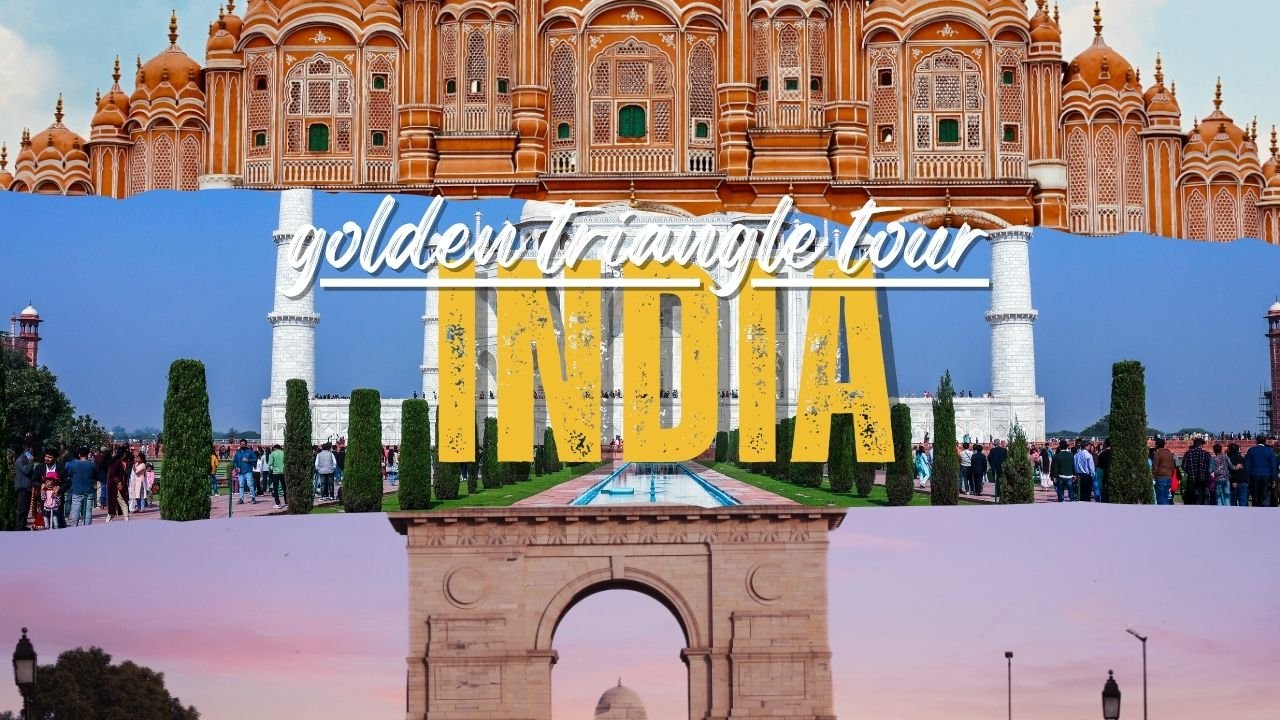

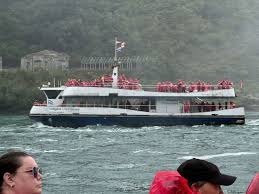
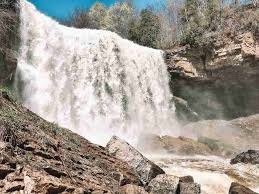
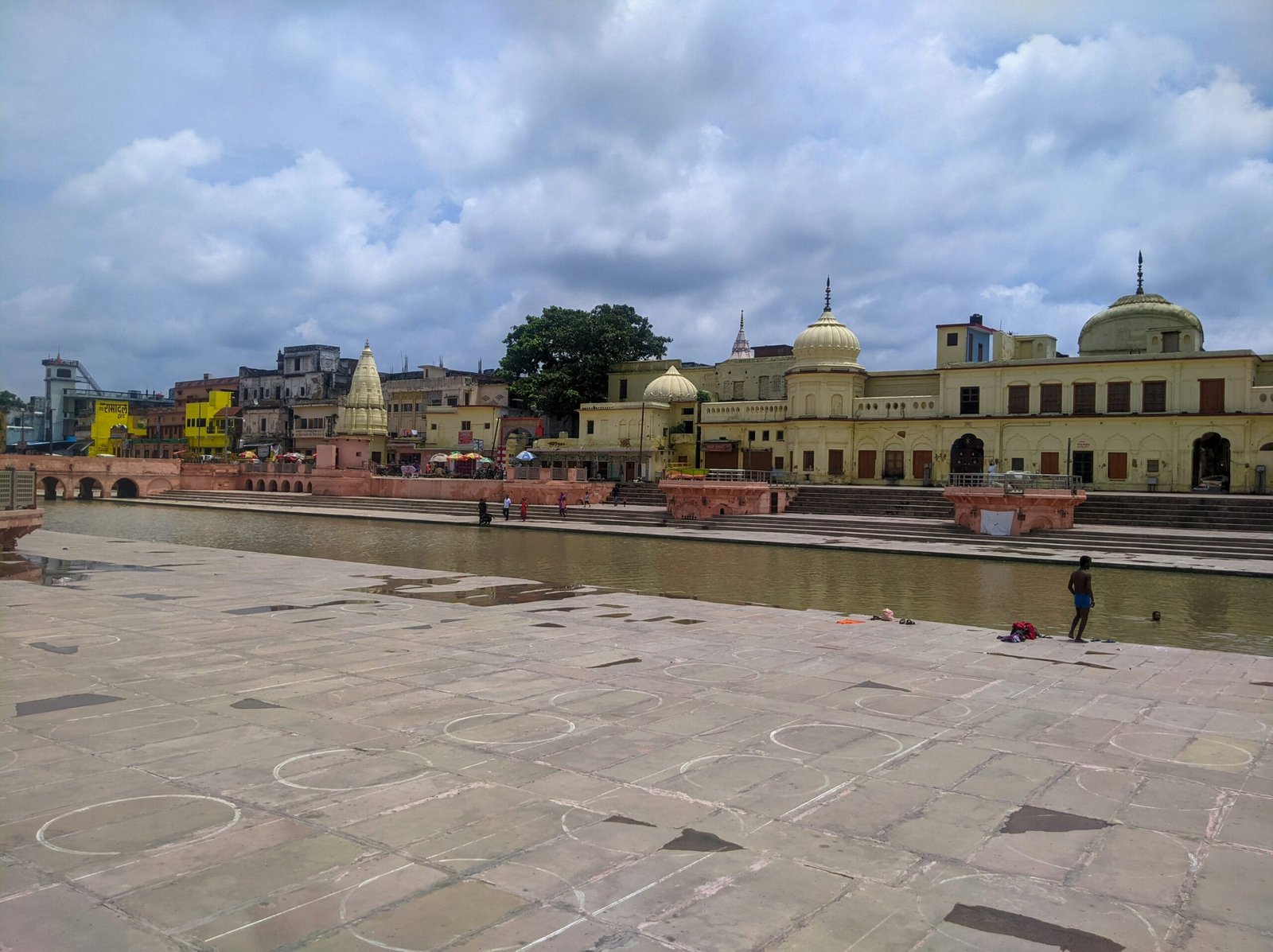
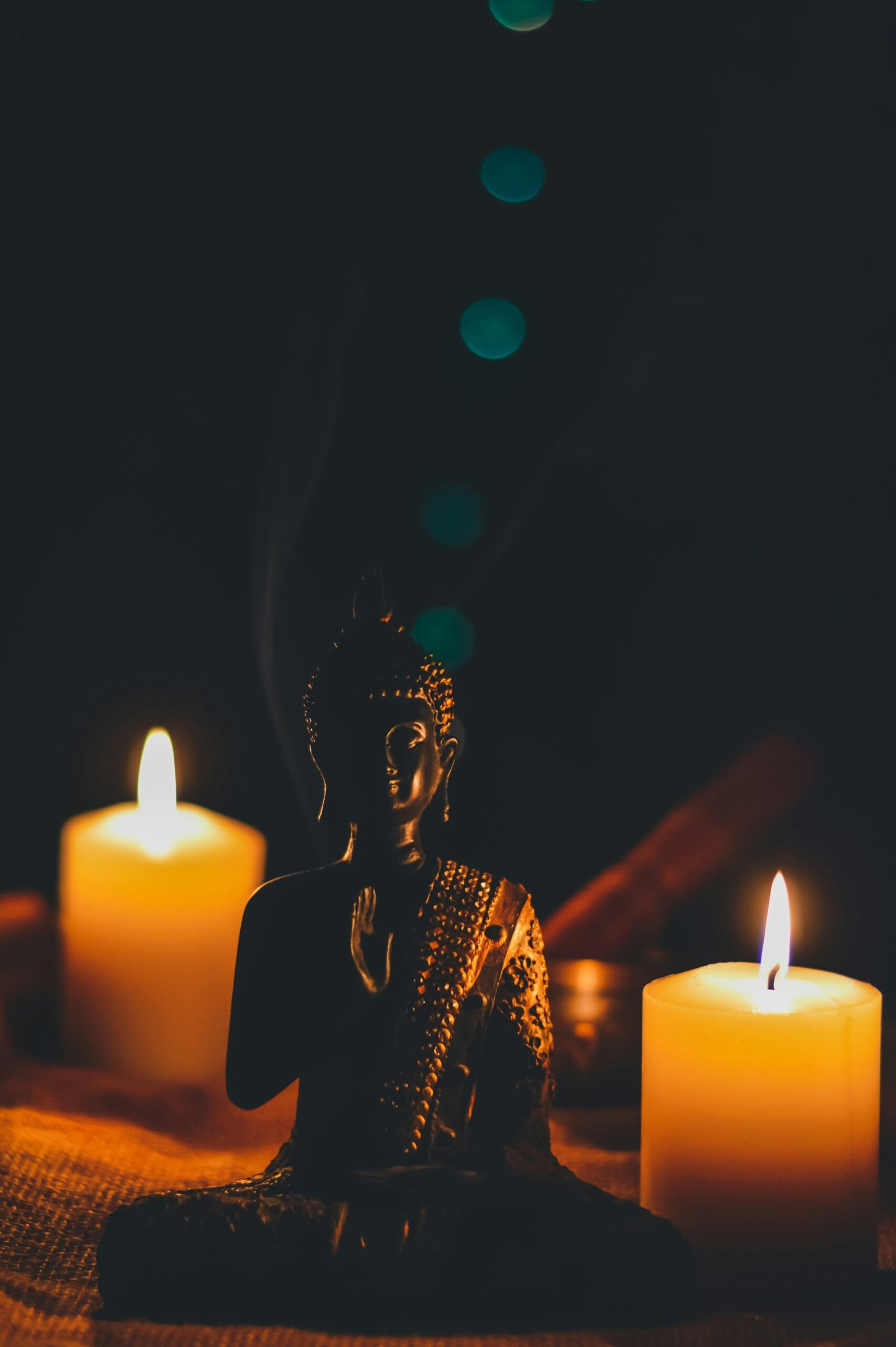
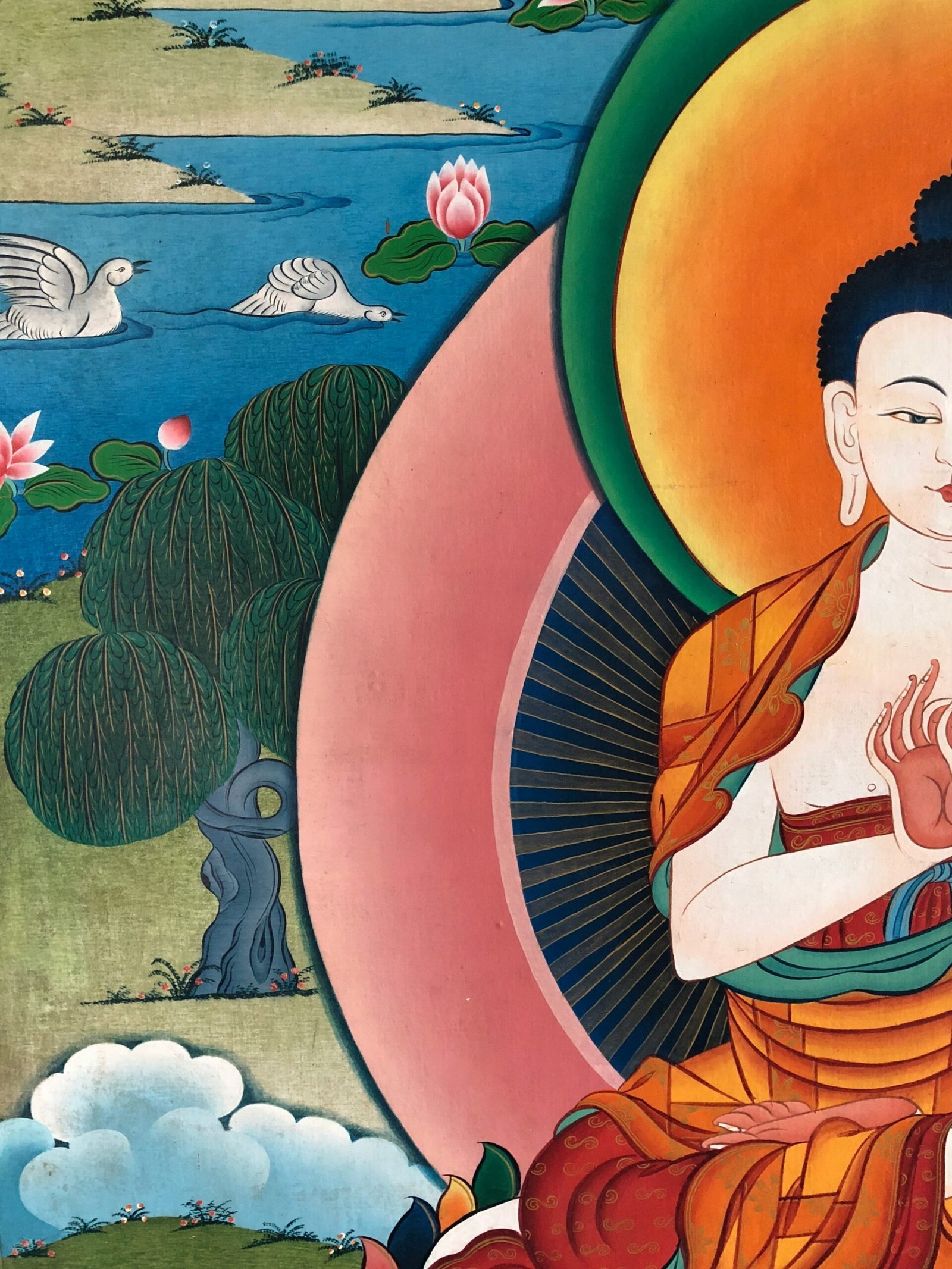
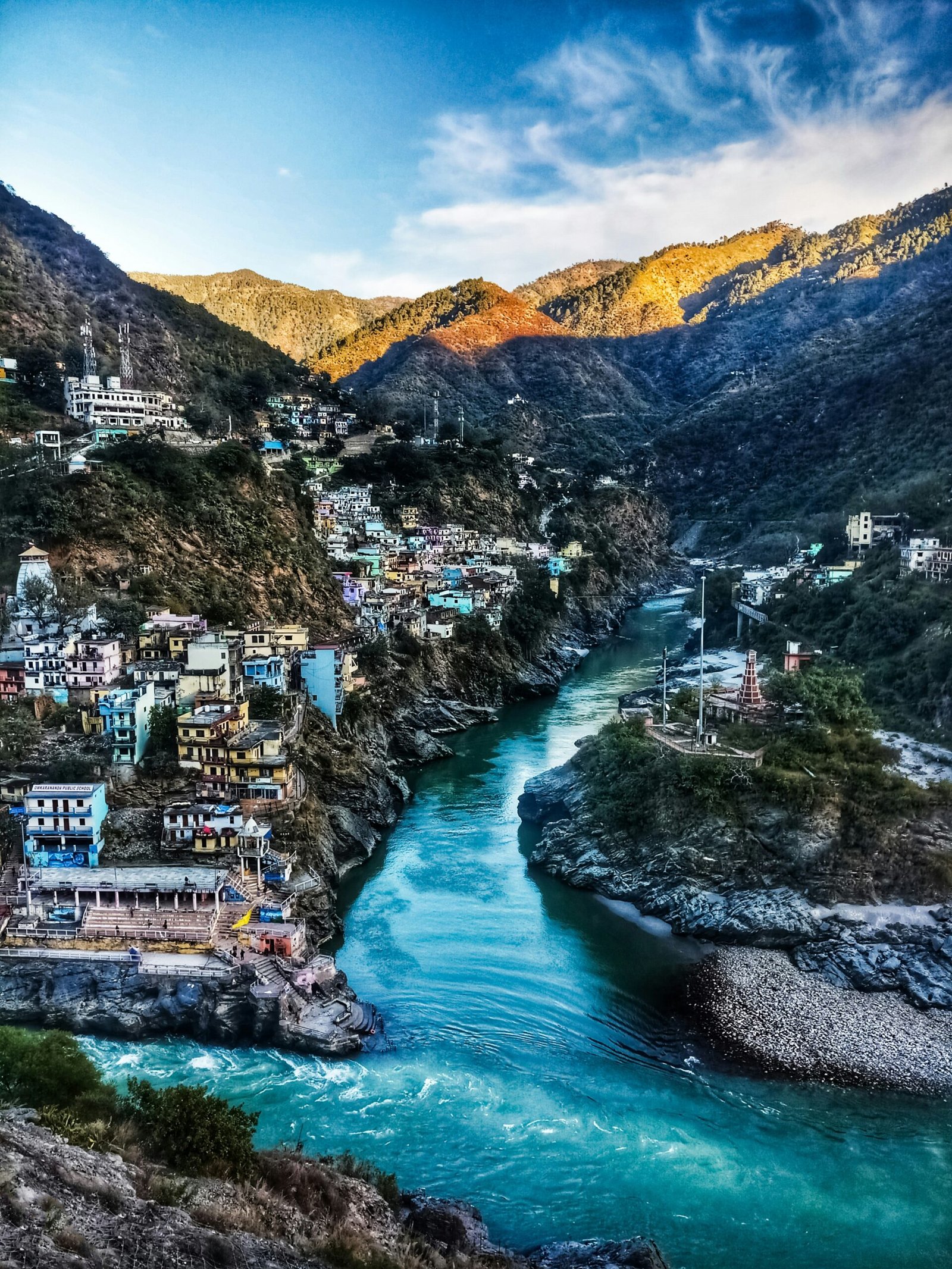
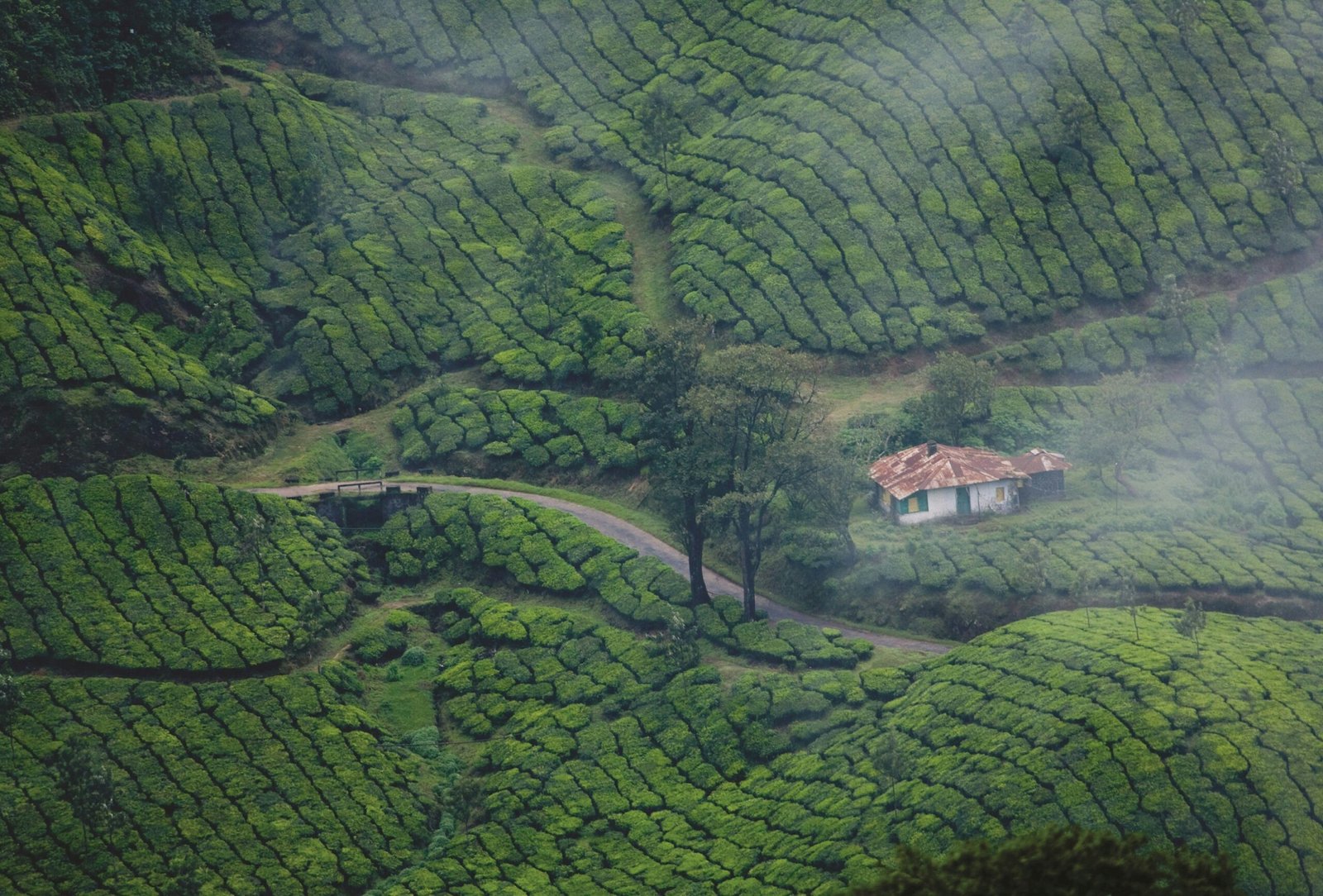
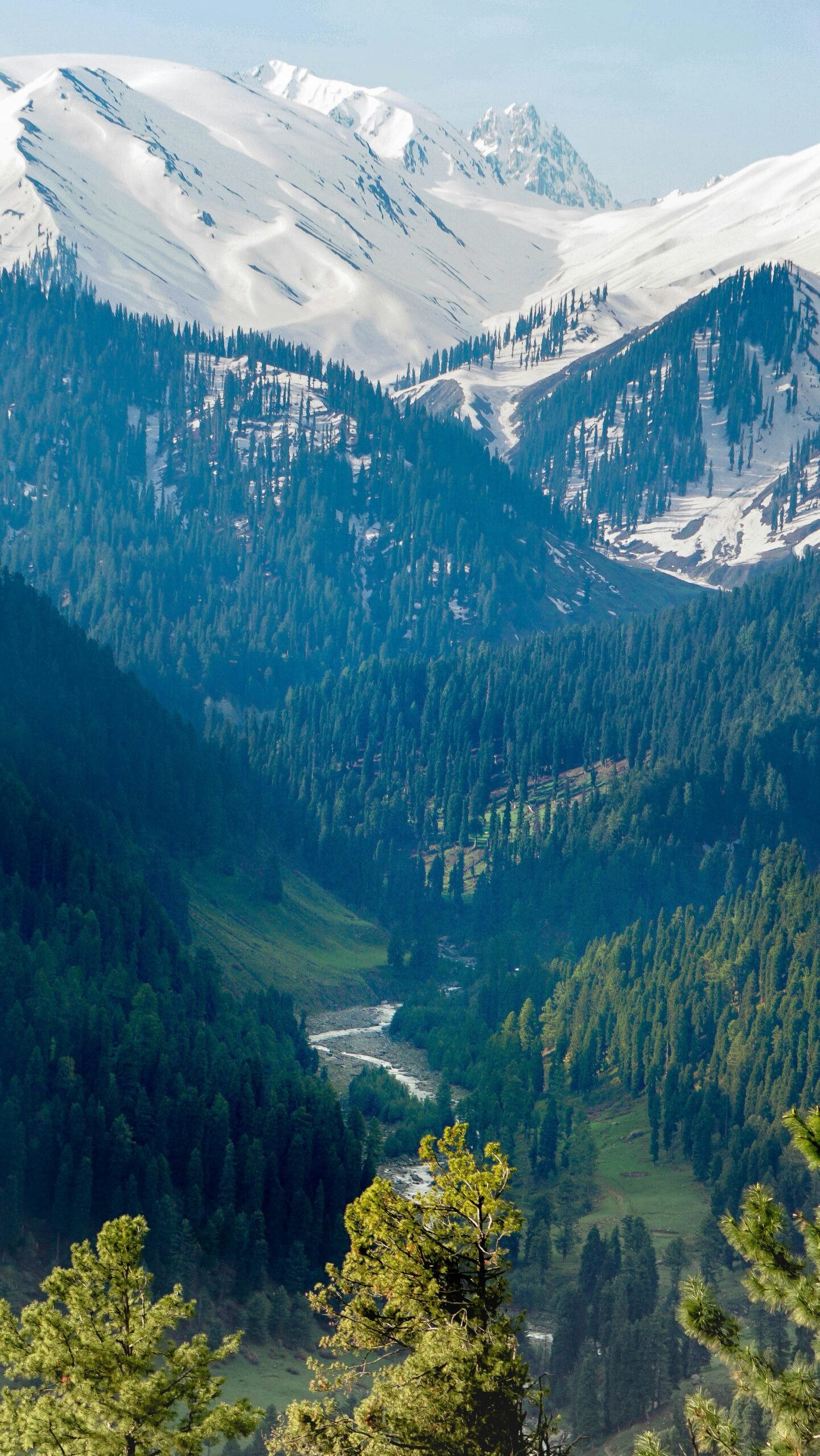
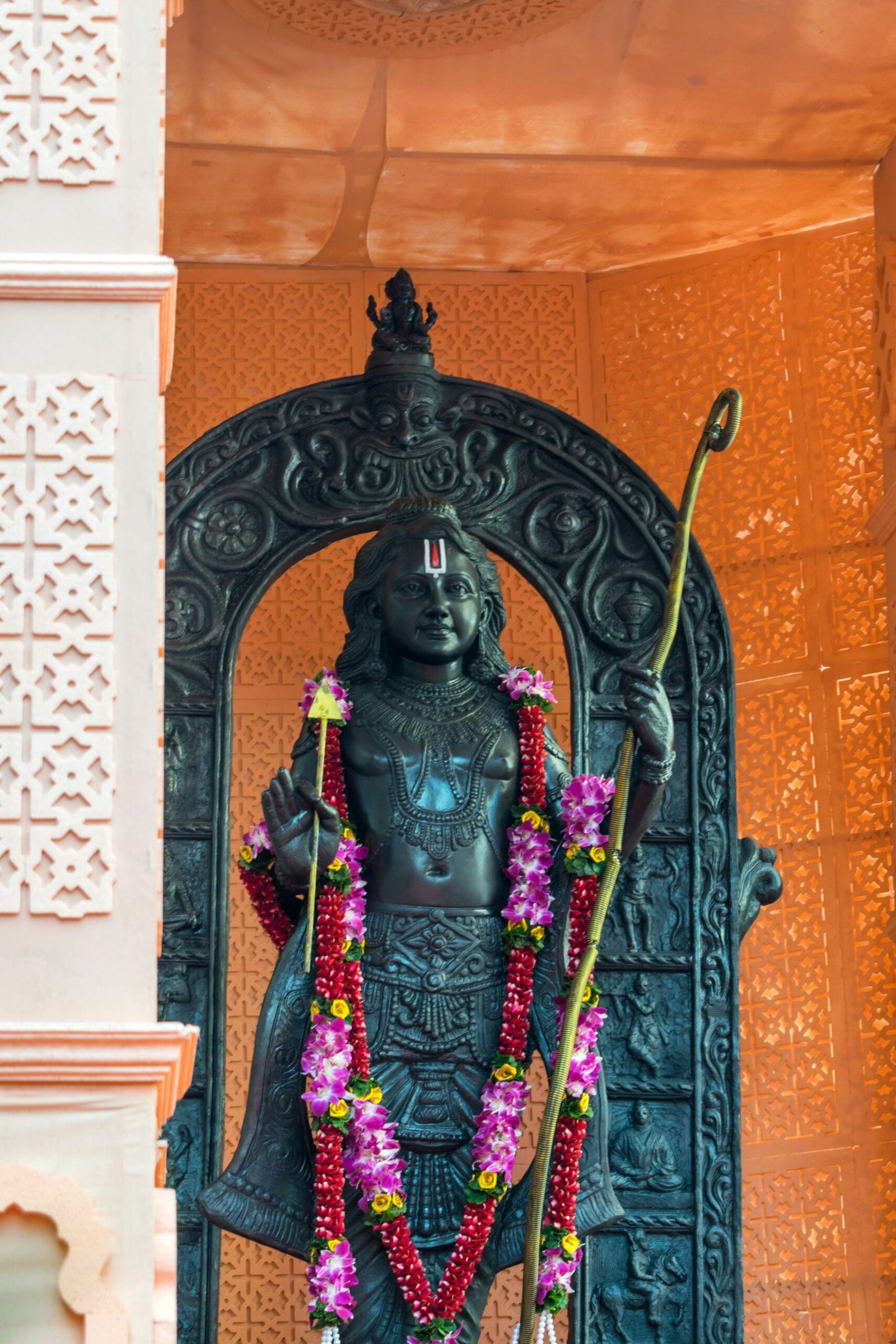




Leave a Reply